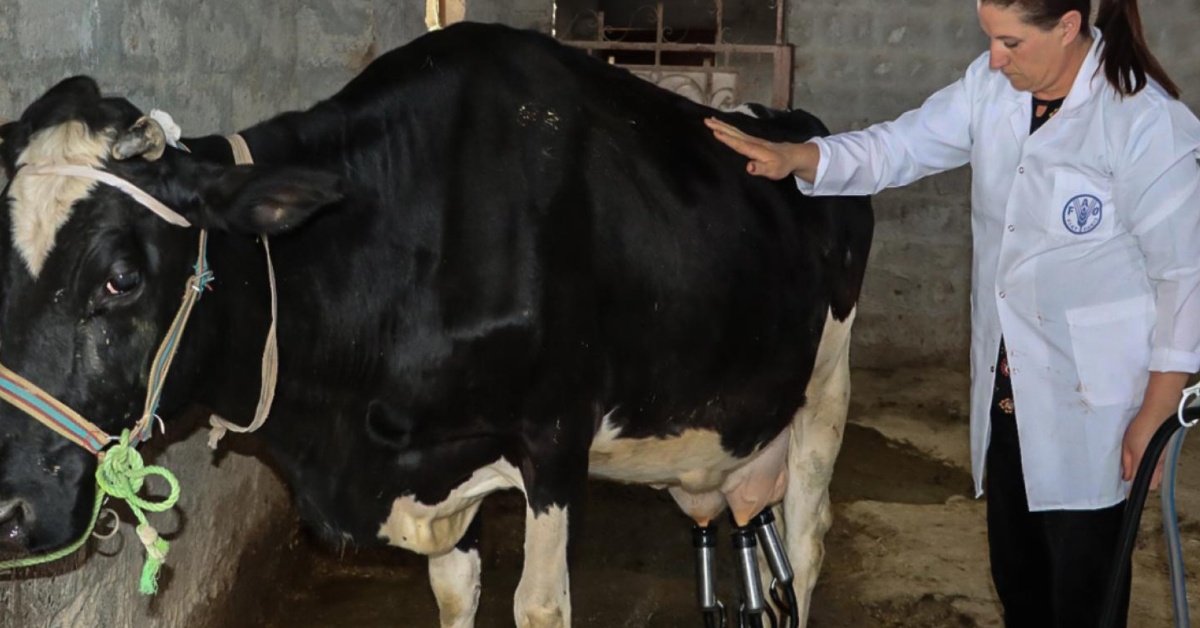The Food and Agriculture Organization (FAO) has launched an advanced training program aimed at enhancing the country’s capacity for disease surveillance and data analysis.
This initiative, funded by the United States Agency for International Development (USAID) under the Global Health Security Program (GHSP), focuses on equipping District Livestock Officers and Surveillance Focal Persons with critical skills in Geographic Information Systems (GIS).
Ousman J.D. Kamara, a District Surveillance Focal Point in Bombali District, highlighted the longstanding challenge faced by district-level personnel in analyzing and visualizing surveillance data due to limited knowledge in geospatial technologies. Since 2019, Kamara’s role primarily involved collecting data on priority animal diseases for transmission to the Ministry of Agriculture and Food Security (MAFS) without performing any analysis.
To address these gaps, FAO organized a comprehensive five-day GIS training from August 6-10, 2024. This program targeted key staff from various sectors, including District Livestock Officers, Surveillance Focal Points, Central Veterinary Laboratory staff, and personnel from the Sierra Leone Agricultural Research Institute and the Ministry of Environment and Climate Change. The training, conducted by experts from the Livestock and Veterinary Services Division, included practical sessions using Sierra Leone-specific datasets to perform basic mapping, spatial analysis, and data visualization.
Saidu Bamayange, Director of Livestock and Veterinary Services, underscored the training’s importance, emphasizing its role in strengthening the country’s livestock sector and improving response capabilities to zoonotic diseases and other significant threats. He commended FAO and USAID for their support and noted that the new skills would enhance the analysis and presentation of data during weekly Emergency Preparedness and Resilient Response Group (EPRRG) meetings.
The GIS training is part of a broader FAO initiative to bolster Sierra Leone’s animal health surveillance infrastructure. Since 2016, FAO has supported the establishment of Integrated Animal Disease Surveillance Systems (IADSR) and mobile applications for real-time data collection and analysis. Previous regional GIS trainings have helped build a foundation for these efforts, with trained personnel cascading their knowledge to their peers at national, district, and community levels.
The expanded use of geospatial technology is expected to significantly improve the Ministry of Agriculture and Food Security’s and the Ministry of Environment and Climate Change’s ability to manage and respond to animal health issues, ultimately facilitating better-informed decision-making and enhanced disease prevention and control strategies.



 Post a comment
Post a comment 









